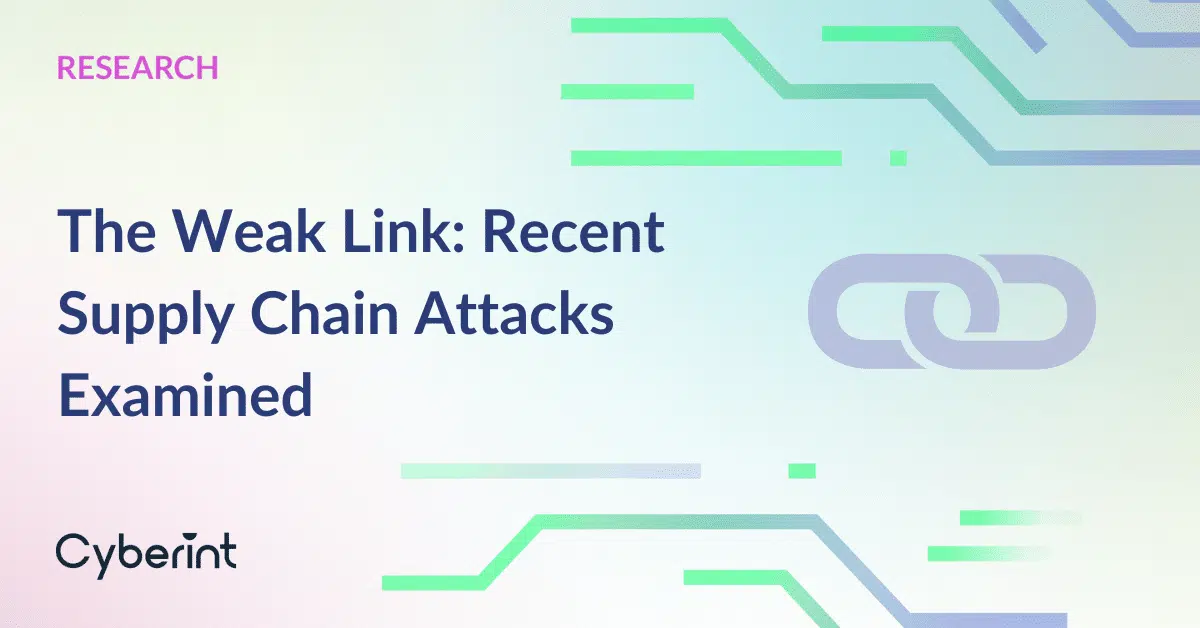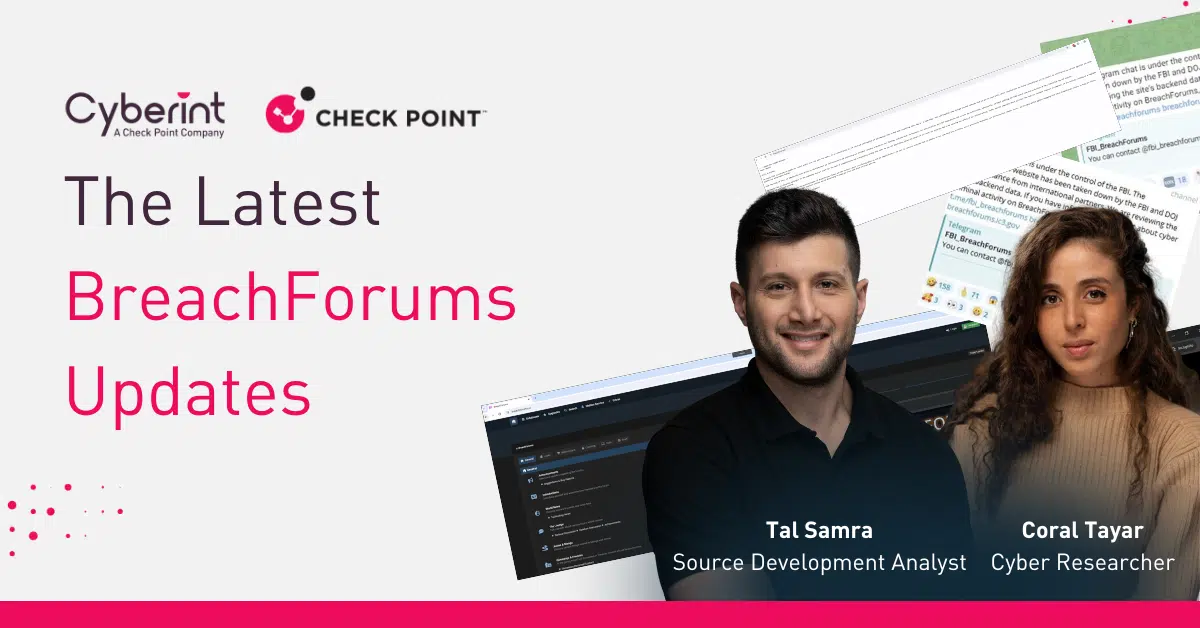


Remcos is a form of malware presented as legitimate software, purportedly useful for conducting surveillance and performing penetration tests. It functions as an advanced Remote Access Trojan (RAT), enabling complete monitoring and manipulation of Windows computers from XP onwards.
It was developed by the cybersecurity firm BreakingSecurity, it is marketed as “Remote Control and Surveillance.” Once successfully installed, Remcos initiates an unauthorized entry point on the target computer, affording absolute control to the remote operator.
This tool permits the execution of keylogging and surveillance (including audio and screenshots), providing the threat actor unrestricted control over the compromised system. Notably, Remcos can engage in multi-threaded remote scripting to facilitate high-performance exploitation.
Its means of infiltration involve embedding a carefully crafted settings file within an Office document, thereby allowing threat actors to deceive a user into executing malicious code without receiving additional alerts or notifications.

Remcos malware utilizes a range of delivery methods, including disseminating through malicious documents or archive files containing hidden scripts or executables, often disguised as genuine documents, to trick users into opening them. It can also be delivered via targeted phishing emails, known as spear phishing or whale phishing, containing malicious attachments or links that trigger the download and installation of Remcos upon interaction. It’s crucial to recognize that Remcos is frequently advertised as legitimate software, masquerading as a remote administration tool (RAT) for surveillance and penetration testing purposes. However, its true nature reveals it as a sophisticated remote access Trojan (RAT) that bestows extensive control and surveillance capabilities upon the remote controller.
The ramifications of Remcos malware can be profound and detrimental, impacting both individuals and entities alike. The potential consequences of a Remcos infection encompass several critical aspects:
| Tactic | Technique |
|---|---|
| Initial Access | T0817 – Drive-by Compromise |
| Initial Access | T1195 – Supply Chain Compromise |
| Initial Access | T0862 – Supply Chain Compromise |
| Reconnaissance | T1590 – Gather Victim Network Information |
| Reconnaissance | T1591 – Gather Victim Org Information |
| Reconnaissance | T1592 – Gather Victim Host Information |
| Initial Access | T1190 – Exploit Public-Facing Application |
| Initial Access | T1199 – Trusted Relationship |
| Initial Access | T0819 – Exploit Public-Facing Application |
| Initial Access | T1474 – Supply Chain Compromise |
| Initial Access | T1189 – Drive-by Compromise |
| Initial Access | T1456 – Drive-By Compromise |
| Initial Access | T1078 – Valid Accounts |
| Persistence | T1078 – Valid Accounts |
| Defense Evasion | T1078 – Valid Accounts |
| Privilege Escalation | T1078 – Valid Accounts |
| Initial Access | T1078 – Valid Accounts |
| Initial Access | T1566 – Phishing |
| Lateral Movement | T0859 – Valid Accounts |
| Persistence | T0859 – Valid Accounts |
Get ahead of attackers and discover critical details about malware with dedicated Cyberint malware intelligence cards.

©1994–2025 Check Point Software Technologies Ltd. All rights reserved.
Copyright | Privacy Policy | Cookie Settings | Get the Latest News
Fill in your business email to start


